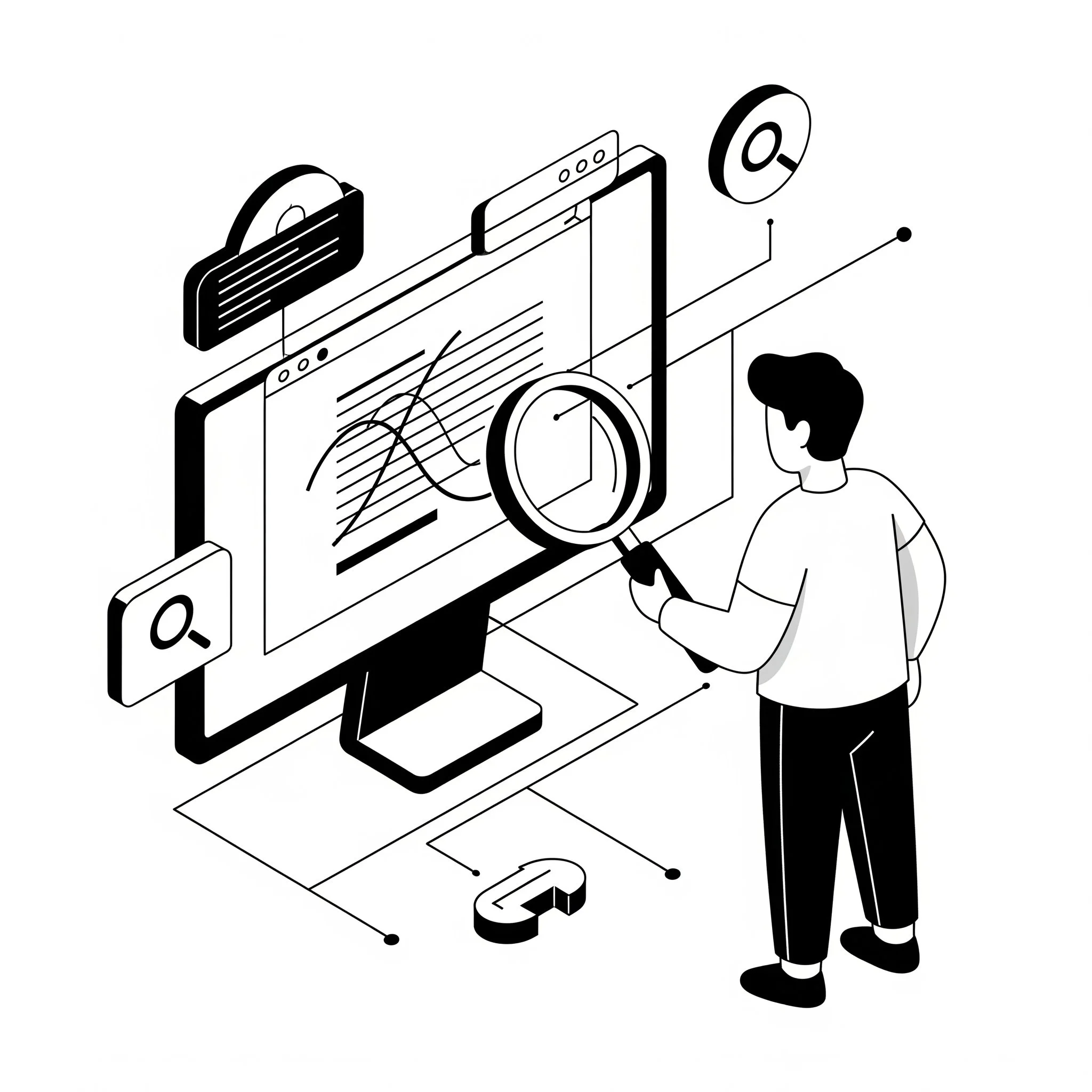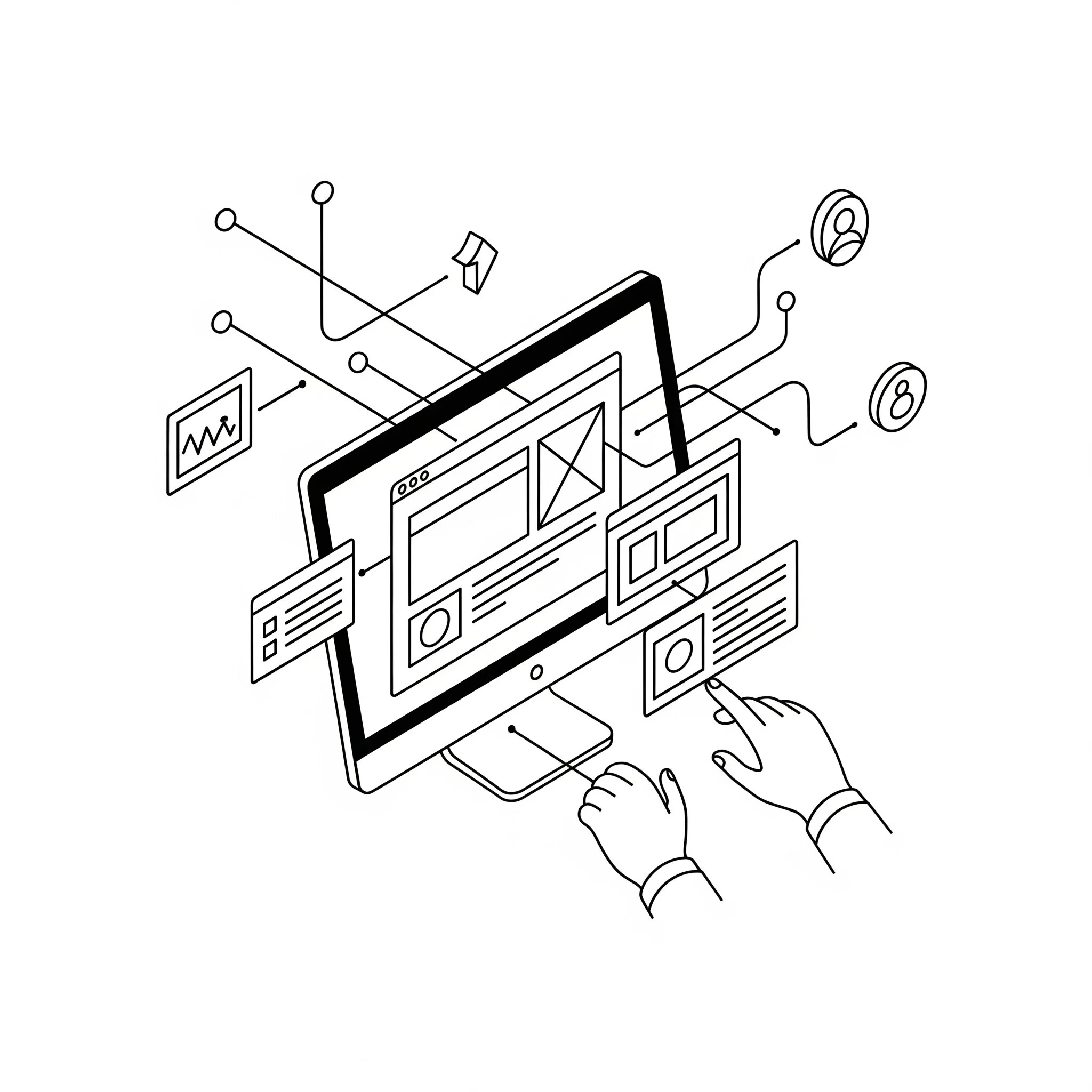B2B systems: How to choose the perfect solution for your business?
Choosing a B2B system is a strategic decision that can determine the efficiency of your sales processes and the long-term development of your business. We have gathered the most important information that will help you understand the key selection criteria, assess your business needs and avoid the most common mistakes. This will give you the confidence that implementation will bring real benefits.
Table of Contents:
What features should the ideal B2B system have?
The ideal B2B system should combine flexibility and efficiency to support business growth with minimal additional costs. Customers expect solutions that easily adapt to the changing scale of the business without having to migrate to another platform. Below we have gathered the most important features to consider when choosing a system for wholesale.
Scalability and performance: the system must handle a growing number of contractors, products and transactions, and cope with large volumes of data without sacrificing speed.
ERP integrations: seamless data exchange with Comarch, Subiekt, SAP or Salesforce systems is crucial to avoid manual data entry and errors.
Security and access control: advanced authentication, data encryption, role definition (merchant, manager, warehouse worker) and login auditing.
Pricing and offer flexibility: ability to define individual prices per customer, discounts based on purchase volume, pricing rules and seasonal promotions.
Advanced catalog management: multi-level categories, technical descriptions, multimedia, inventory information and serial number tracking.
User Experience (UX): An intuitive interface for the business customer and merchant to quickly place orders, repeat orders and track status.
Headless architecture: separating the frontend from the backend allows you to create multi-channel points of sale (B2B store, customer portal, mobile app) with a single administration panel.
How do you assess the needs of your business before choosing a B2B system?
Before contacting suppliers, it is crucial to conduct a detailed analysis of internal processes and business needs. Without a solid diagnosis, it's easy to jump into a project that requires costly changes and expansions later. What steps are worth taking to accurately determine the scope of the implementation?
Identify functional requirements - create a list of supporting questions, such as: "Do we need automatic inventory updates?", "What sales channels do we support and to what extent?" or "Should customers have access to order and invoice history?".
Integration analysis - check which ERP, OMS or PIM systems need to be integrated to ensure smooth data exchange and eliminate manual operations.
Prioritize requirements - divide requirements into "must have" and "nice to have" categories; this will make it easier to compare bids from different vendors and match budgets.
Stakeholder workshops - engage the sales team, warehouse, IT department and key decision makers to review needs and get support at the selection stage.
Expert consultation - consider using a consultant to help structure requirements, prepare documentation and support negotiations.
What mistakes to avoid when implementing a B2B system?
The deployment process can encounter many obstacles that reduce ROI and prolong startup time. Understanding common pitfalls will help you avoid costly delays and operational problems.
Lack of needs analysis - implementation without precise requirements leads to the need for later customization and increased costs.
Focusing solely on price - a low-cost system often requires additional modules or modifications, which ultimately increases costs.
Skipping acceptance testing - lack of testing with real users results in low adoption and process errors.
Underdeveloped integrations - incomplete APIs or broken data exchange between systems results in manual entry of information and risk of inconsistencies.
Lack of training and documentation - users do not know how to use new features, leading to resistance to change and reduced productivity.
Neglecting after-sales support - choose a vendor with an SLA that guarantees response time and an indefinite system warranty.
What to consider when implementing a B2B system?
Implementing a B2B system is a multi-phase process, requiring the involvement of both internal teams and a technology partner. Correct planning and implementation of the subsequent phases ensures rapid adaptation and maximum use of the solution's functionality.
Implementation phases
Analysis: collection of requirements, workshops and preparation of documentation.
Design and configuration: platform customization, integration preparation and data migration.
Acceptance testing: verification of the performance of key processes by end users.
Training: sessions for the sales, warehouse and IT teams, providing instructions and e-learning materials.
Go-live: production launch, monitoring and support in the first days of operation.
Support and optimization: analyzing metrics (lead time, error rate), making corrections.
Change management
Ensure communication with stakeholders, regular progress reports and approval of critical decisions.
Identify change ambassadors in key company departments.
Tests and documentation
Prepare detailed test scenarios and operating instructions.
Provide a knowledge base and document repository.
Monitoring and optimization
Track KPIs: time from inquiry to order processing, number of errors, user satisfaction.
Regular review and feedback sessions.
Who to entrust with the implementation of a B2B system?
A key success factor is choosing the right implementation partner that combines technological competence with B2B experience. The partner should provide support at both the analysis and training stages, and guarantee fast response times for problems. Important will be:
Industry experience: verify references and case studies suppliers,
Technology specialization: competence in Magento, Next.js and integrations with ERP and PIM,
Consulting approach: partner to conduct analytical workshops, advise and help define processes,
After-sales support: an SLA defining response time and service level, an indefinite system warranty.
Summary - what to keep in mind when choosing a B2B solution for your company?
Choosing a B2B system is an investment that affects sales efficiency, process automation and customer satisfaction. When making your decision, pay attention to:
A thorough analysis of the company's processes and needs,
scalability, price flexibility and integration capabilities,
Implementation partner experience and support,
Implementation phases, testing, training, and monitoring and optimization.
If you want to learn more about B2B system implementation, we invite you to a free consultation, where we will try to find the best solution for your business.
Do you have an idea, a ready-made specification, or a business need?
Make an appointment for a free consultation.



